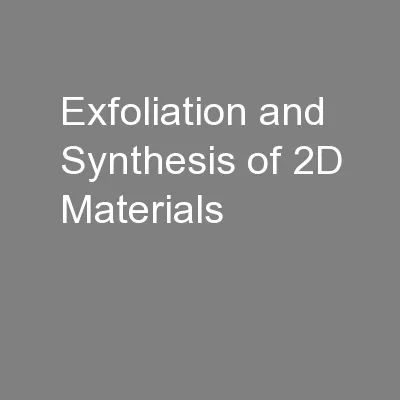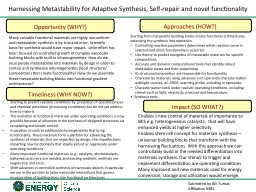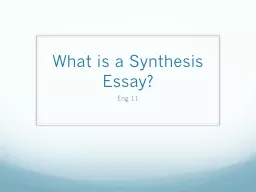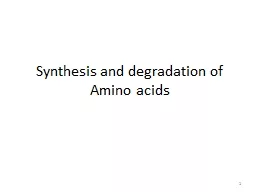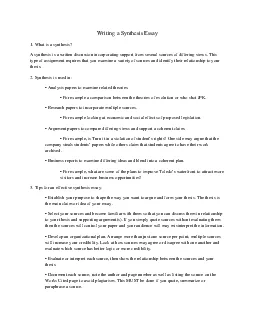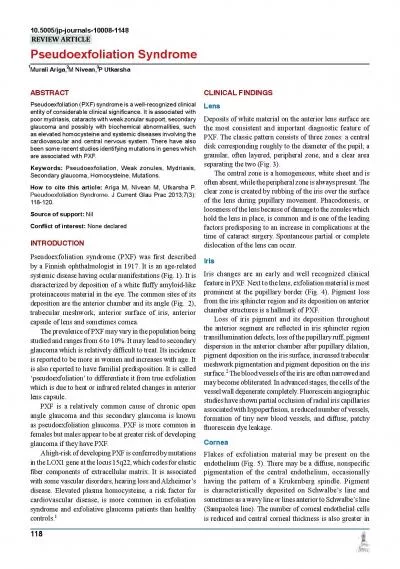PPT-Exfoliation and Synthesis of 2D Materials
Author : giovanna-bartolotta | Published Date : 2016-04-09
Emily Threatt Cameron Jeske Ali Mohsin Dr Gong Gu Wan Deng Christian Academy of Knoxville Hardin Valley Academy The University of Tennessee Knoxville SPONSORS This
Presentation Embed Code
Download Presentation
Download Presentation The PPT/PDF document "Exfoliation and Synthesis of 2D Material..." is the property of its rightful owner. Permission is granted to download and print the materials on this website for personal, non-commercial use only, and to display it on your personal computer provided you do not modify the materials and that you retain all copyright notices contained in the materials. By downloading content from our website, you accept the terms of this agreement.
Exfoliation and Synthesis of 2D Materials: Transcript
Download Rules Of Document
"Exfoliation and Synthesis of 2D Materials"The content belongs to its owner. You may download and print it for personal use, without modification, and keep all copyright notices. By downloading, you agree to these terms.
Related Documents

